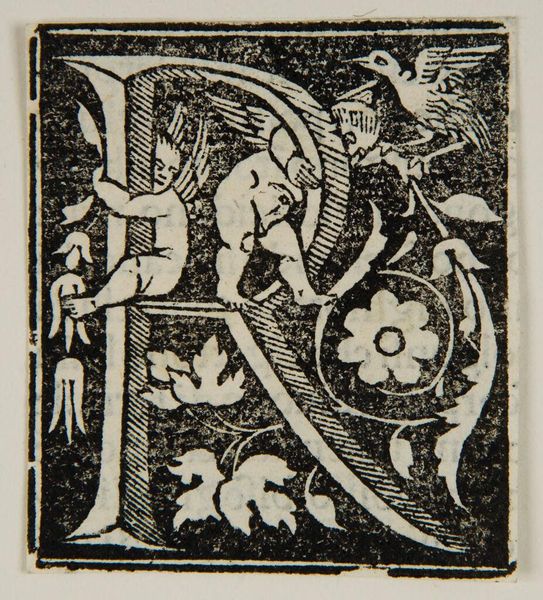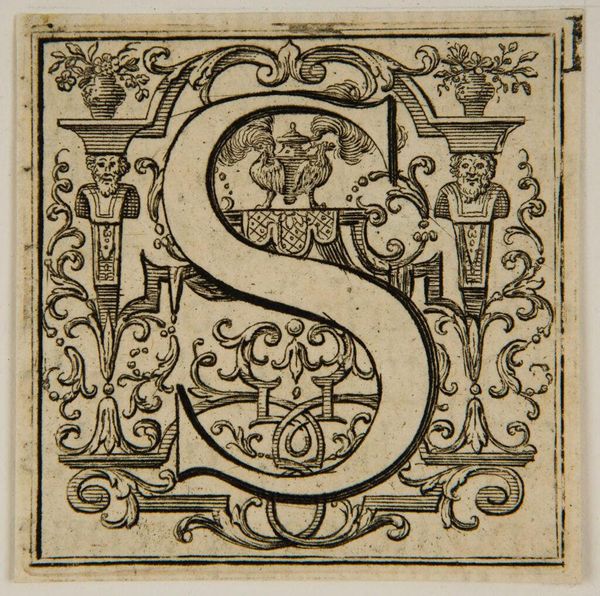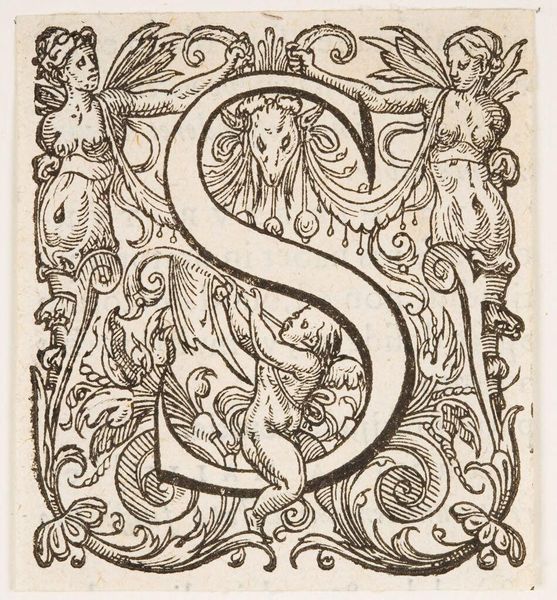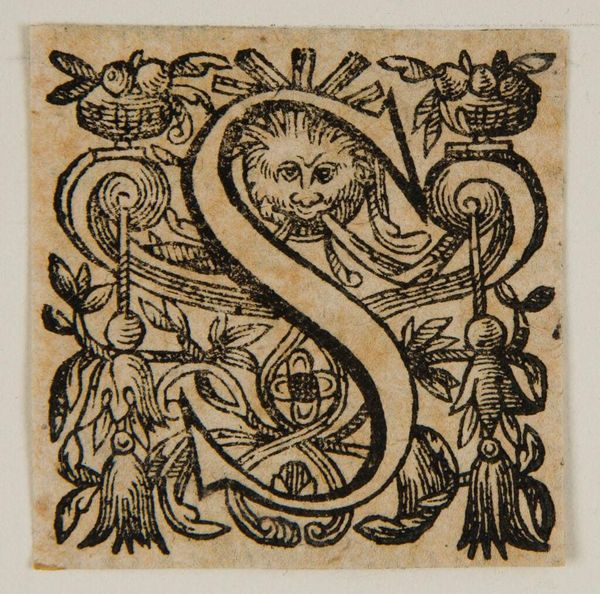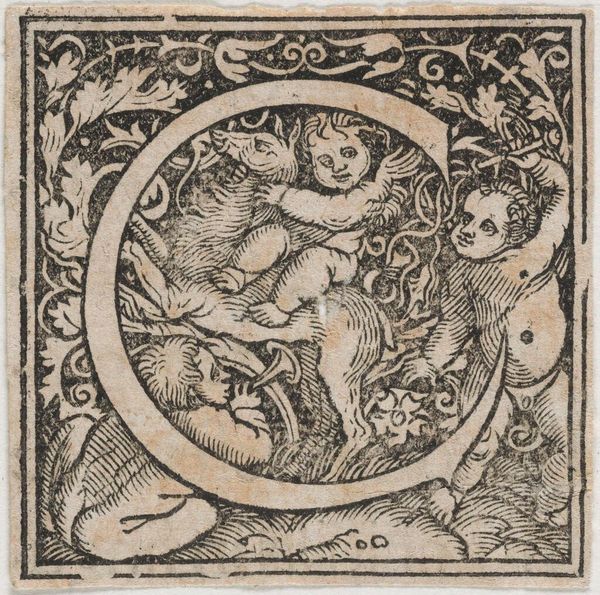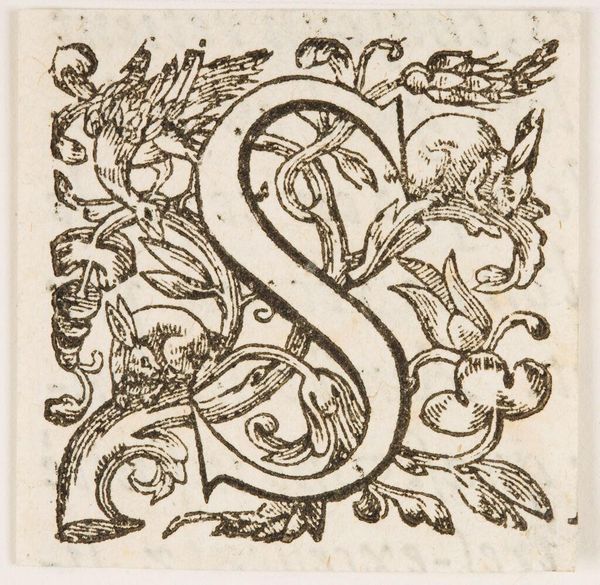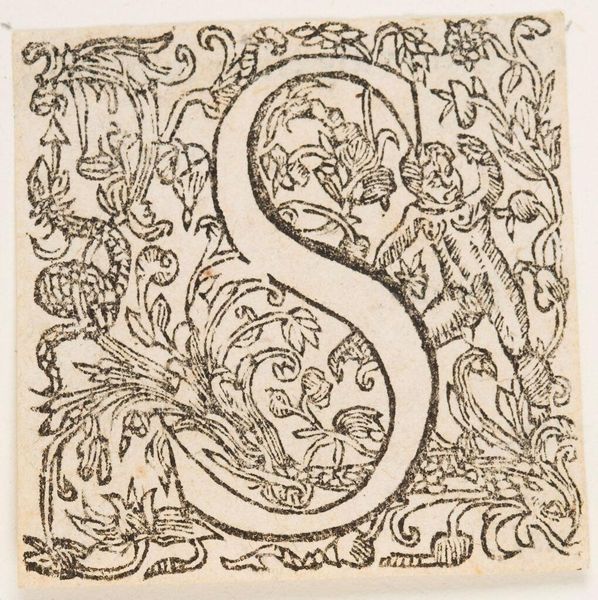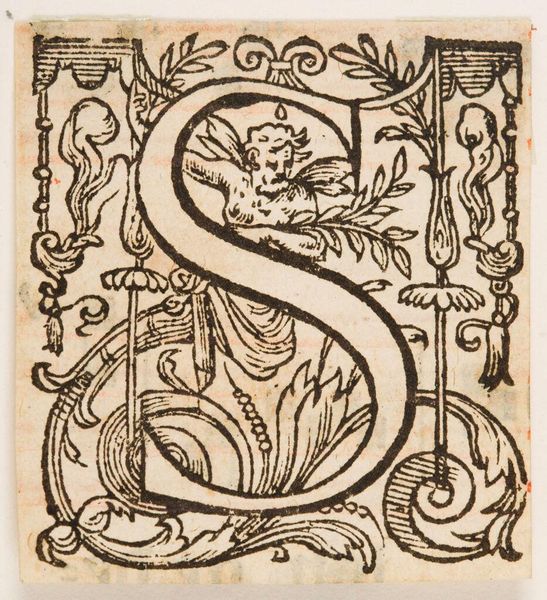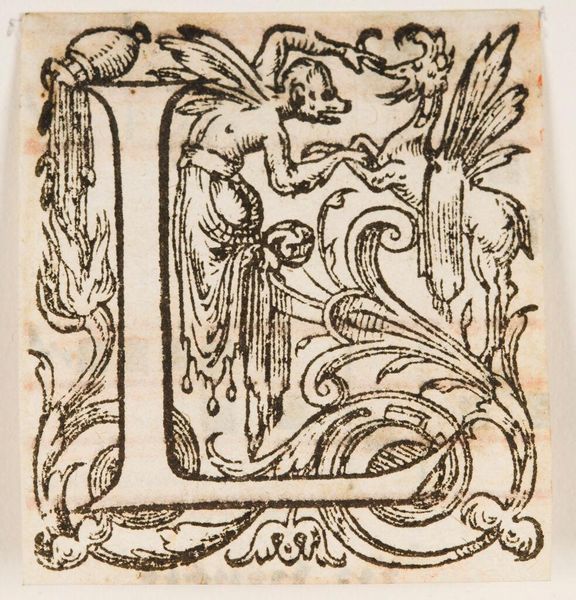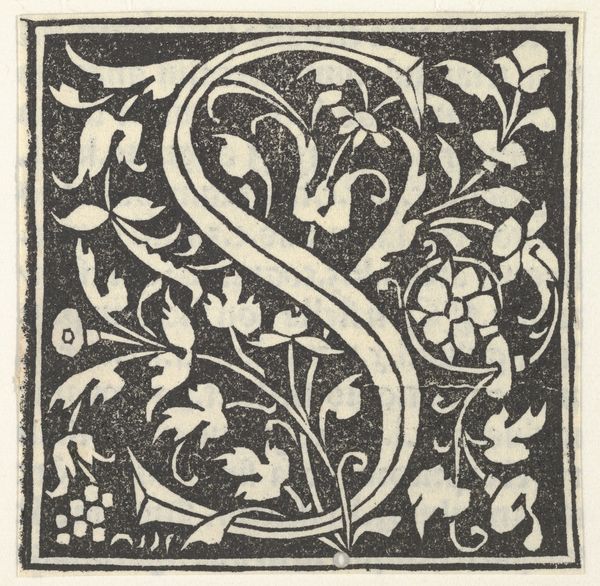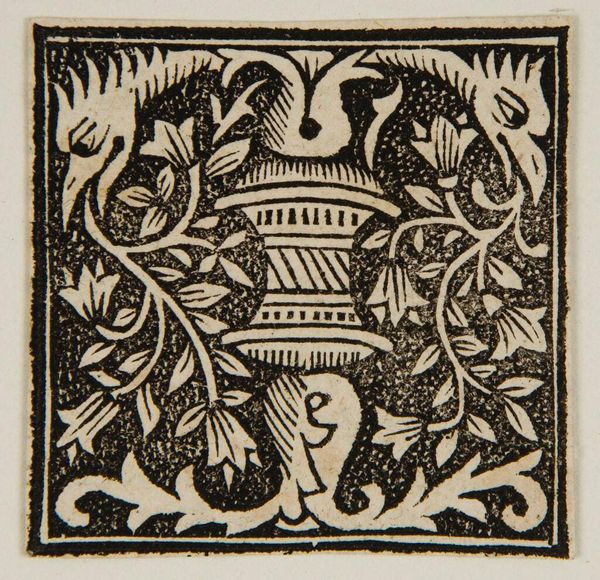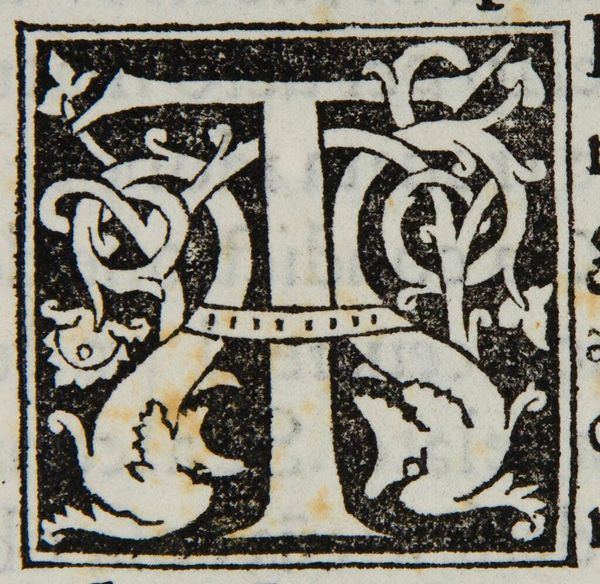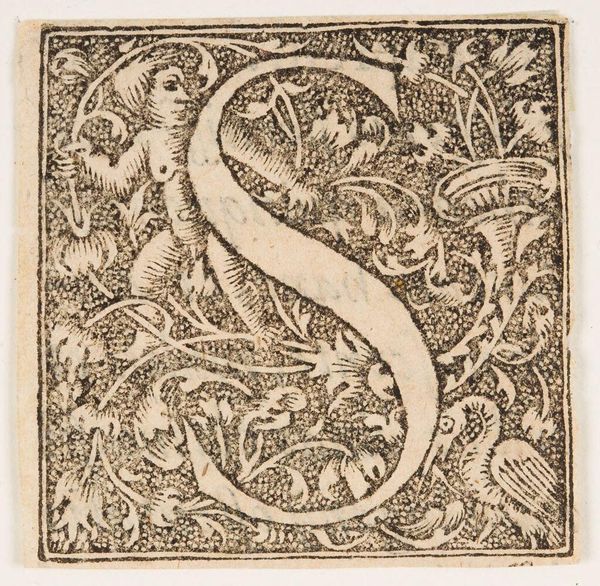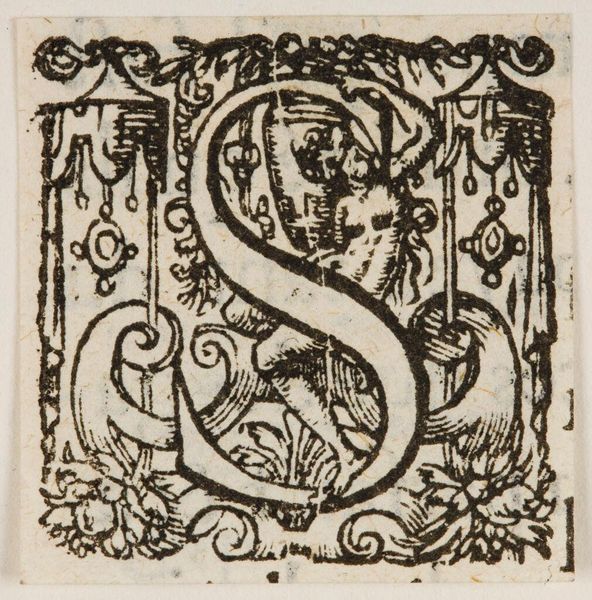
print, woodcut
#
fairy-painting
#
narrative-art
# print
#
arts-&-crafts-movement
#
landscape
#
figuration
#
woodcut
#
line
Copyright: Public Domain: Artvee
Curator: Walter Crane's print, "The Stag in the Ox-stall, The Deer and the Lion," created in 1908, presents a fascinating look into the moral storytelling typical of the Arts and Crafts movement. The chosen medium here is the woodcut, and it gives the work such a graphic, textural quality. Editor: It strikes me as incredibly unsettling. Despite the surface beauty, the linear quality feels stark, almost like a medieval warning. Are these fables, moral tales maybe? The colours are subdued but there is a palpable tension hanging in the air like some impending doom. Curator: Exactly. The narrative-art style underscores the print’s didactic nature. Crane uses the woodcut process to create these distinct visual registers, differentiating the environments within the piece. The linear aesthetic comes as a feature of using this laborious process; look closely to the use of line and shapes. It lends itself to flattening space, drawing focus back to the print itself as crafted object rather than creating pictorial realism. Editor: Yes! The flattening draws attention to the two main registers in the images which reminds me how predators and preys mirror one another. Crane is using those techniques, like framing the scenes in ornamental fashion that reinforces the artifice of the scene and it really serves as reminder of what humans can be and do. The verse nestled among the panels has an almost chilling directness. Curator: The social context of the Arts and Crafts movement deeply informed Crane’s practice. The movement often championed the integration of art into everyday life and resisted the perceived industrial degradation of artistic production, and Crane’s style does challenge boundaries between art and illustration. Editor: This print acts almost like a beautifully made emblem or a warning sign. The animals, rendered so meticulously, are trapped in scenarios of threat; the idea of Fate hovers as a brutal inescapable conclusion to the animals in question. Knowing that the work originated from the Arts and Crafts movement explains that tension – the beauty alongside some grim and stark themes. Curator: Crane makes a powerful statement about fate, class, and perhaps the human condition in 1908 with this relatively simple woodcut through his emphasis on material and the means of production here, I think we begin to unpack some potent social critiques of the time. Editor: Thinking of this from Crane’s viewpoint adds a disquieting layer. It’s beauty tinged with anxiety, a very powerful piece indeed!
Comments
No comments
Be the first to comment and join the conversation on the ultimate creative platform.
